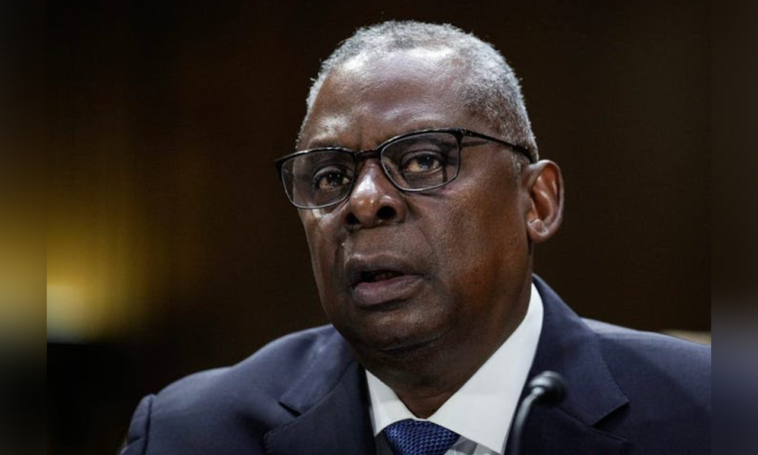Defense Secretary carried out the Houthi strikes while in a hospital bed raising concerns. The U.S. conducted significant strikes against Iranian-backed proxies in the Middle East, marking a notable move since President Joe Biden assumed office.
However, this operation unfolded amidst controversy surrounding Secretary of Defense Lloyd Austin’s hospitalization, raising questions about transparency and decision-making.
Secretary Austin, crucial to the strike on the Houthis, had been involved in planning the attack since January 1st, the day he was admitted to the hospital with complications from a prostatectomy.
Despite his hospitalization, Austin authorized the final decision for U.S. forces to proceed with the attack on over 60 Houthi targets and monitored the operation in real time.
Senior administration officials emphasize Austin’s active involvement, stating that he participated in discussions, meetings, and planning for the operation. They contend that his engagement underscores his commitment to national security and the importance of continuity in leadership.
Austin’s involvement in the strike is detailed, including his participation in a meeting on January 9th with Gen. Charles Brown and Gen. Michael “Erik” Kurilla to monitor Houthi activity in maritime shipping lanes. Despite his hospitalization, he spoke with President Biden twice and engaged in calls with the National Security Council to discuss response options after the president’s authorization.
The controversy surrounding Austin’s hospitalization centers on the delayed disclosure of his medical condition to the White House and the public. The lack of transparency has led to bipartisan criticism, with lawmakers calling for investigations and some demanding Austin’s resignation.
Critics argue that during a time of heightened global instability, including the conflict in Ukraine and the Houthi attacks, Austin’s absence without proper notice or designation of an alternative chain of command poses a threat to national security. Concerns have been raised about the failure to follow protocol when undergoing surgery and the subsequent breach of communication procedures.
Republicans and Democrats on Capitol Hill expressed frustration, with some calling for formal investigations and others urging Austin’s resignation. The controversy adds to the challenges faced by the Biden administration, as it deals with both international conflicts and domestic political fallout.
The Biden administration hopes that the successful execution of the strikes demonstrates the functional chain of command despite Austin’s hospitalization. President Biden has expressed confidence in Austin, acknowledging the lapse in judgment regarding the delayed disclosure of his hospitalization.
Despite the administration’s attempts to manage the fallout, questions linger about how and when the White House was informed of Austin’s condition. Lawmakers seek more details to understand the sequence of events and why it took days for the Pentagon to alert the president.
Austin’s hospitalization, which has lasted 11 days with no public timetable for his release, has become a focal point for those critical of the administration’s handling of critical information. The incident is considered one of the administration’s significant public relations challenges.
The decision to conduct the strikes against the Houthis on January 9th followed their bold attack on commercial shipping, firing around 20 drones and ballistic missiles into a busy commercial waterway. The strikes were aimed at preventing further threats to shipping lanes and responding to provocations from Iranian-backed militias.
As the controversy surrounding Austin’s hospitalization continues, the administration faces scrutiny over its ability to navigate both domestic and international challenges. The incident highlights the delicate balance between national security imperatives and the need for transparent communication within the highest echelons of government.




Join the Community and Be a Part of the Conversation
You must be logged in or registered to post a comment.